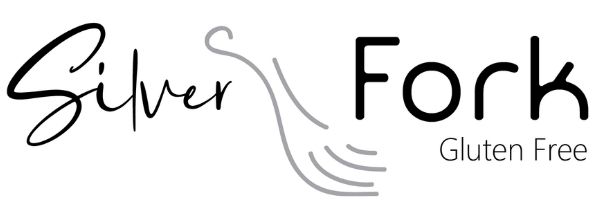Embarking on a gluten-free journey often begins with transforming your pantry. The right staples not only simplify meal prep but also ensure that your dietary needs are met with excitement and variety. In this comprehensive guide, we’ll explore the essential gluten-free ingredients that are the foundation of innovative, healthy, and mouth-watering recipes. These pantry staples will help you maintain a gluten-free diet without sacrificing flavor or creativity.
1. Understanding Gluten-Free Diets
What Does Gluten-Free Mean?
A gluten-free diet excludes all forms of gluten, a protein found in wheat, barley, rye, and triticale. This diet is essential for managing conditions like celiac disease, gluten sensitivity, wheat allergy, and some other health issues that improve by avoiding gluten.
Benefits of a Gluten-Free Lifestyle
Adopting a gluten-free lifestyle can lead to various health benefits, especially for those with gluten-related disorders. Benefits include improved digestive health, reduced chronic inflammation, increased energy levels, and better nutrient absorption.
2. Whole Grains: The Heart of Gluten-Free Pantry
Quinoa: A Versatile Superfood
Quinoa is a gluten-free seed used like a grain in cooking. It’s a complete protein, containing all nine essential amino acids, and is rich in fiber, vitamins, and minerals.
Brown Rice: A Nutritious Staple
Brown rice is a whole grain that’s naturally gluten-free. It’s a good source of magnesium, phosphorus, selenium, thiamine, niacin, and vitamin B6, and is rich in dietary fiber.
Tips for Cooking and Storing Gluten-Free Grains
To maximize shelf life and maintain flavor, store grains in airtight containers in a cool, dark place. Cooking times vary, so it’s important to follow specific instructions for each type of grain to achieve the best texture and flavor.
3. Flour Alternatives for Every Baker
Almond Flour: Nutty and Nutritious
Almond flour is made from finely ground almonds and is rich in protein, fiber, and vitamin E. It’s excellent for baking and provides a moist texture and rich, buttery flavor.
Coconut Flour: Light and Fiber-Rich
Coconut flour is a fine powder made from dried coconut meat and is high in fiber, protein, and healthy fats. It absorbs a lot of liquid, so it’s often used in small quantities and requires an increase in liquid ingredients in recipes.
How to Substitute Gluten-Free Flours in Recipes
When substituting gluten-free flours, use a mix of flours to achieve the right balance of texture and flavor. Xanthan gum or guar gum is often added to gluten-free baking to mimic the texture and elasticity of gluten.
4. Seeds and Nuts: Nutrient-Dense Snacks and Additions
Chia Seeds: Omega-3 Rich Powerhouses
Chia seeds are high in omega-3 fatty acids, fiber, antioxidants, protein, and minerals. They can be added to smoothies, yogurts, and baked goods to boost nutritional content and texture.
Flaxseeds: Crunchy and Heart Healthy
Flaxseeds are a great source of omega-3 fatty acids, lignans, and fiber. They can be ground and used as a meal in various recipes, including as an egg substitute in vegan baking.
Best Practices for Storing Seeds and Nuts
Keep seeds and nuts in airtight containers in the refrigerator or freezer to extend their shelf life and prevent them from becoming rancid.
5. Legumes: Protein-Packed Essentials
Lentils: Quick-Cooking Protein Source
Lentils are a fantastic source of plant-based protein and fiber. They do not require pre-soaking and cook quickly, making them a convenient, nutritious staple in soups, stews, and salads.
Chickpeas: Versatile and Filling
Chickpeas are highly nutritious and versatile, ideal for making hummus, falafel, and a variety of dishes that require a satisfying texture and protein boost.
Integrating Legumes into Your Gluten-Free Meals
Incorporate legumes into your diet by using them as a base for salads, a protein boost in soups, or as a meat substitute in various dishes.
This detailed breakdown covers the essentials you need in your gluten-free pantry and how to use them effectively in your daily cooking and baking. By understanding these foundations, you can enjoy a diverse and nutritious diet that supports your gluten-free lifestyle.





